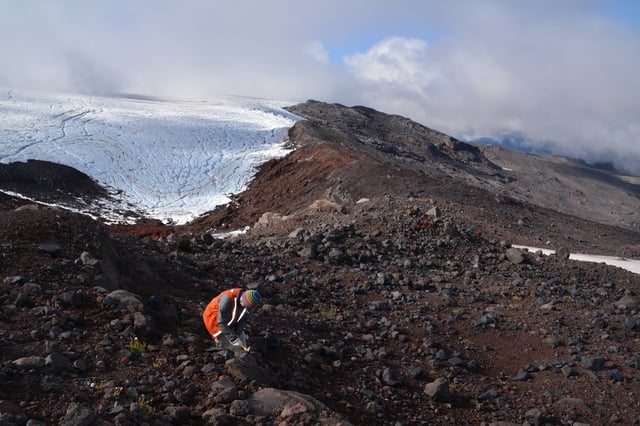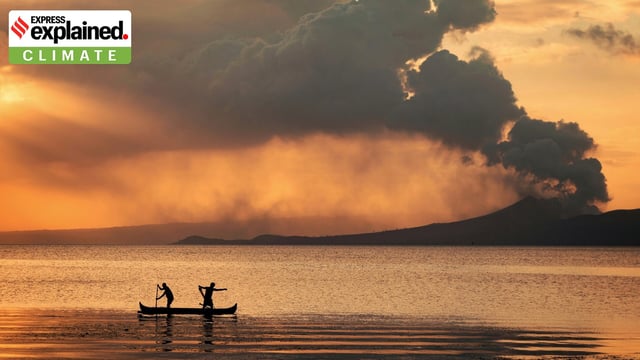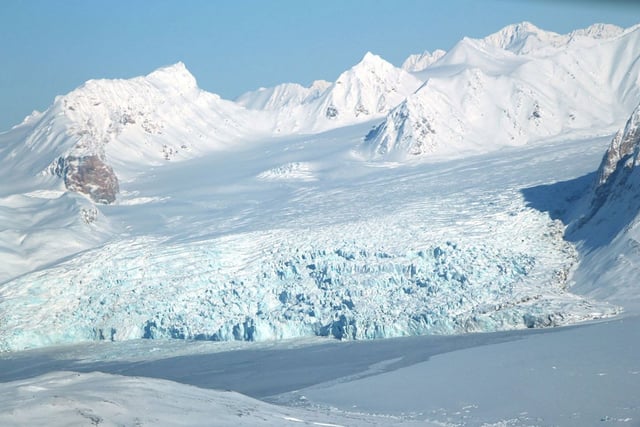Overview
- A Goldschmidt Conference study used argon dating and crystal analysis of six southern Chilean volcanoes to chart how ice sheet advance and retreat shaped past eruption patterns.
- Deglaciation reduces lithostatic pressure on magma chambers, allowing expanding gases to fuel more frequent and explosive eruptions.
- Researchers caution that modern glacier retreat, especially in West Antarctica, could awaken hundreds of dormant subglacial volcanoes.
- While glacial melt prompts near-instant volcanic responses in geological terms, underlying magma system adjustments take centuries, offering a vital window for monitoring.
- Scientists highlight that eruptions release short-term cooling aerosols but cumulative greenhouse gas emissions may drive long-term warming, urging inclusion of geological feedbacks in climate risk models.



